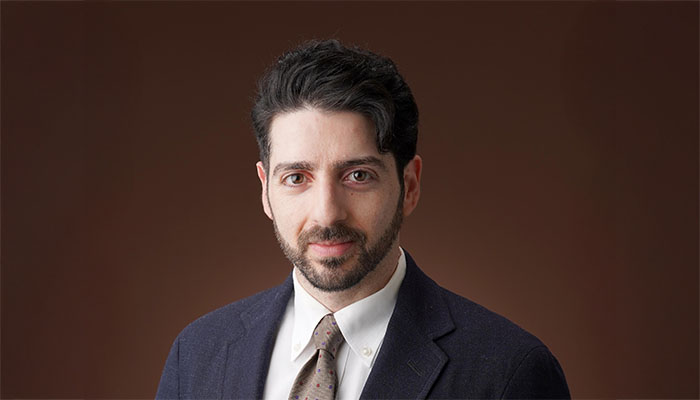Dr Ralph’s geomorphology and environmental science expertise will assist the interdisciplinary team from the United States, Egypt and Australia, supported by a prestigious Explorers Club Discovery Grant, via a partnership between The Explorers Club and Warner Bros. Discovery.
Through this research, the team also hopes to explain the prevailing environment and possible cause of the pyramid’s partial collapse and abandonment in antiquity.
“Scholars have wondered for a long time what led to the collapse of the Meidum Pyramid Complex; our research will look at the possibility that these ancient Nile River branches changed direction, potentially ending an important historical era,” says Dr Ralph.
Dr Ralph and the team, including Professor Eman Ghoneim (University of North Carolina, USA), Associate Professor Suzanne Onstine (University of Memphis, USA) and Raghda El-Behaedi (University of Chicago, USA), will collaborate with local experts Associate Professor Mohamed Sobhy and Dr Amr Fahil (Tanta University) and members of the Egyptian National Research Institute of Astronomy and Geophysics (NRIAG).
The team will collect geomorphological, geophysical and deep soil coring data, and conduct radiocarbon dating.
They hope to produce the first complete map of the ancient Nile branches near the pyramid site and determine if these former waterways were simultaneously active at the time of the pyramid’s construction.
The Meidum Pyramid, built by Pharaoh Snefru, was the first known attempt in Egyptian history to construct a true, smooth-sided pyramid.
However, with the pyramid partially collapsing in antiquity, Snefru opted to move his pyramid construction activity to a site further north, Dahshur, where he built two other pyramids, the Bent and Red pyramids.
Today, the pyramid of Meidum is an intriguing architectural monument offering valuable insight into how ancient Egyptian architecture evolved from the Early Dynastic to Old Kingdom periods and how the ancient environment greatly influenced such monumental construction activities.
Dr Ralph, Professor Ghoneim and Associate Professor Onstine are also the chief investigators of another three-year National Science Foundation (USA) grant, using space technology to uncover and map the ancestral Nile River course and buried ancient Egyptian sites along them.
“The Nile and its branches were vital to Egypt’s ancient civilisations,” says Dr Ralph. “Uncovering the history of this important river can shed light on the ways that the environment has influenced the course of human settlement.”



